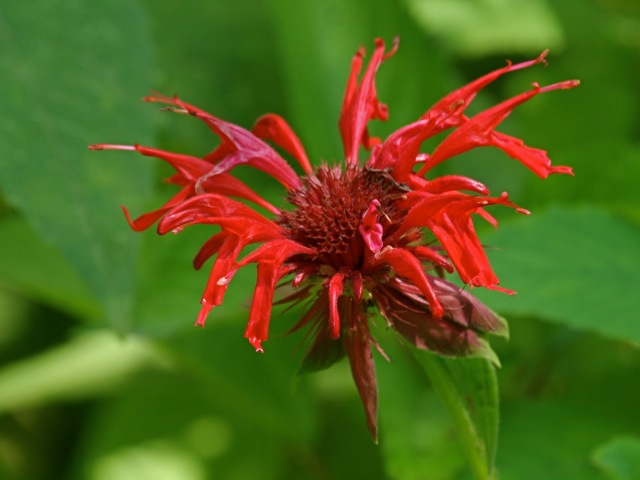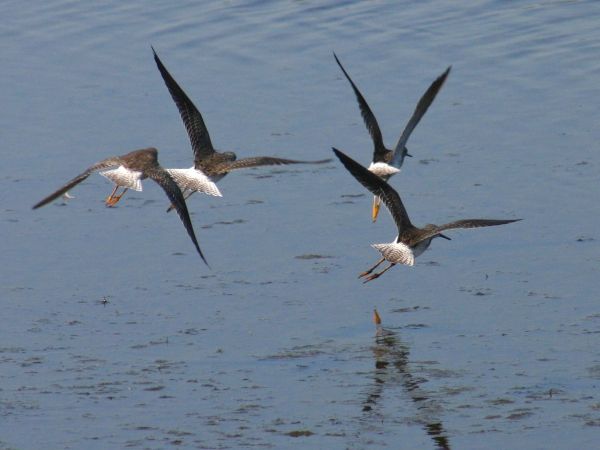
It’s vacation time and many of you are heading for the beach. Some of you have a favorite shoreline you visit every year. So do these guys.
These are lesser yellowlegs, some of the first birds to migrate in the fall. They’re already on the move, passing through western Pennsylvania right now.
Fall migration in July? That’s right. These birds are full of surprises.
- Lesser yellowlegs are shorebirds but you won’t find them on the sand. The shores they look for are muddy.
- They spend the winter at wetlands and salt marshes along the U.S. coast and throughout Central and South America, but they nest in boreal forest wetlands in Alaska and northwest Canada.
- They hide their nests on the ground under dense, low vegetation. They’re not out in the open.
- Their young are precocial and walk off the nest as soon as all of them have hatched and dried.
- The first birds we see on migration – in mid-July – are likely to be female. Mother yellowlegs leave the breeding grounds only a few days after their babies have walked off the nest. It’s up to dad to protect and guide the young until they fledge 22-23 days after hatching.
- Dad leaves them too. Only a few days after they fledge their fathers depart on migration, so only juvenile birds are on the breeding grounds at the end of the season. The young gather at staging areas until they get the urge to leave.
If you live far from the ocean, as I do in western Pennsylvania, it’s a treat to see these shorebirds near home. And if you’re on your way to a sandy beach, keep in mind you’ll have to find a muddy one if you want to see the lesser yellowlegs.
(photo by Chuck Tague)
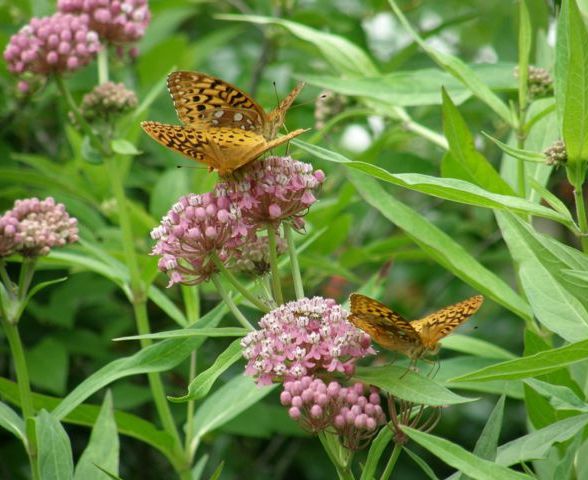
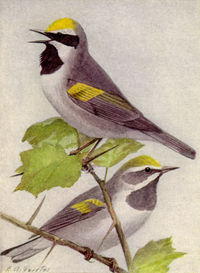 Golden-winged warblers
Golden-winged warblers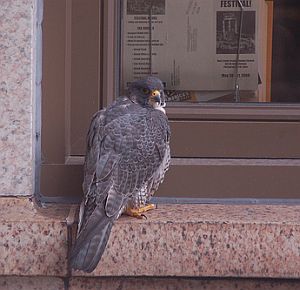 Over the past few weeks I’ve put updates in the comments of other posts so you may have missed them. Here’s the latest on these two raptor families.
Over the past few weeks I’ve put updates in the comments of other posts so you may have missed them. Here’s the latest on these two raptor families. 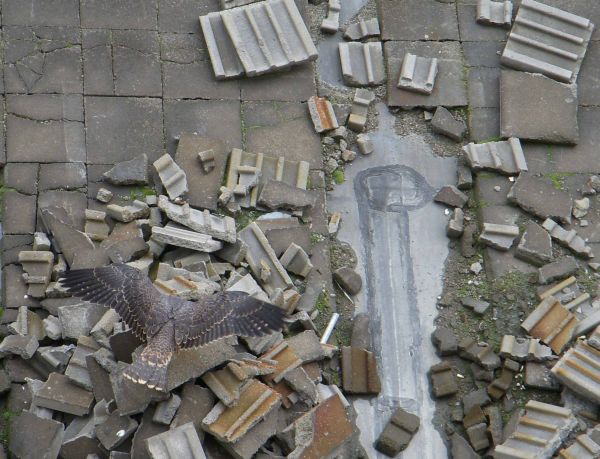
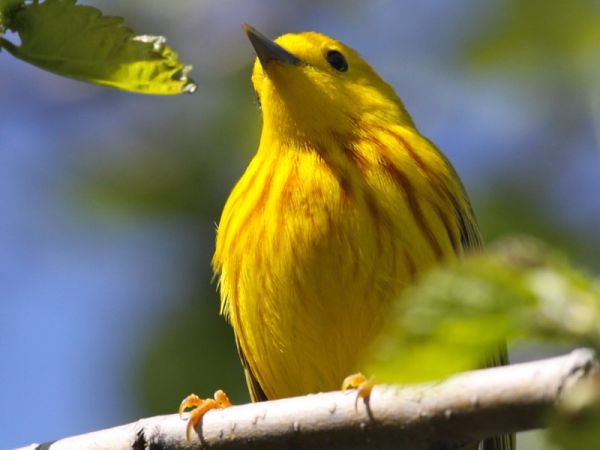
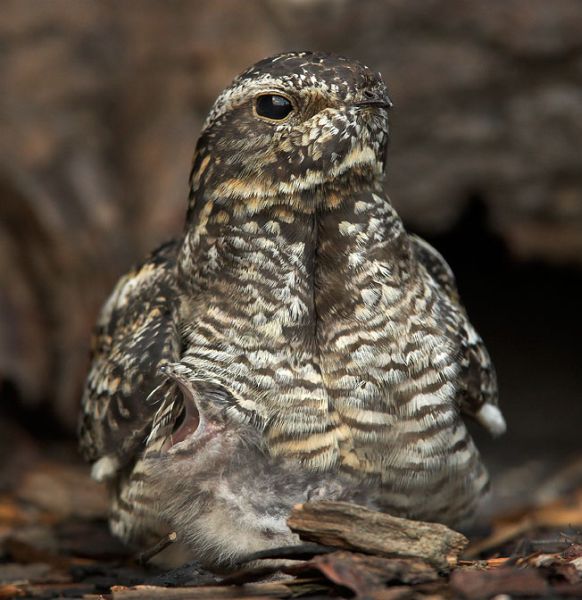
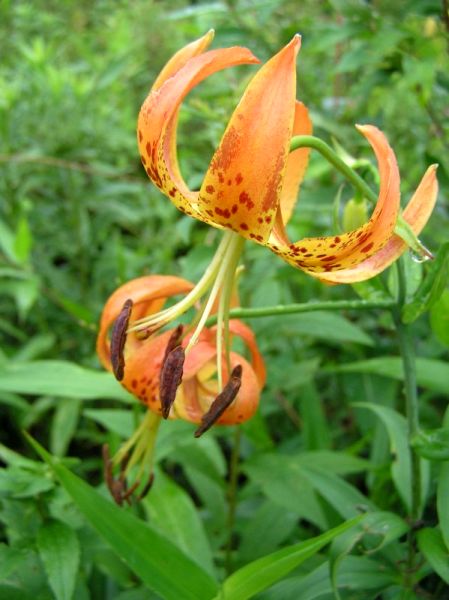
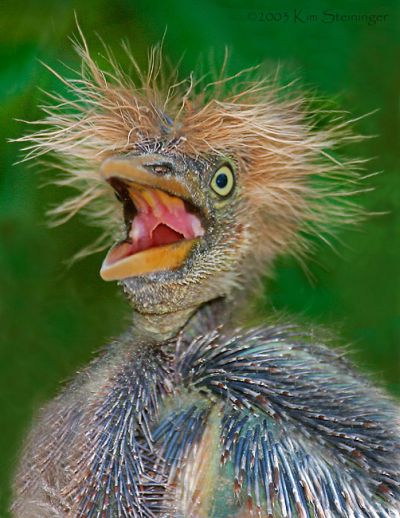 That’s a pretty good translation of what this bird is saying.
That’s a pretty good translation of what this bird is saying.